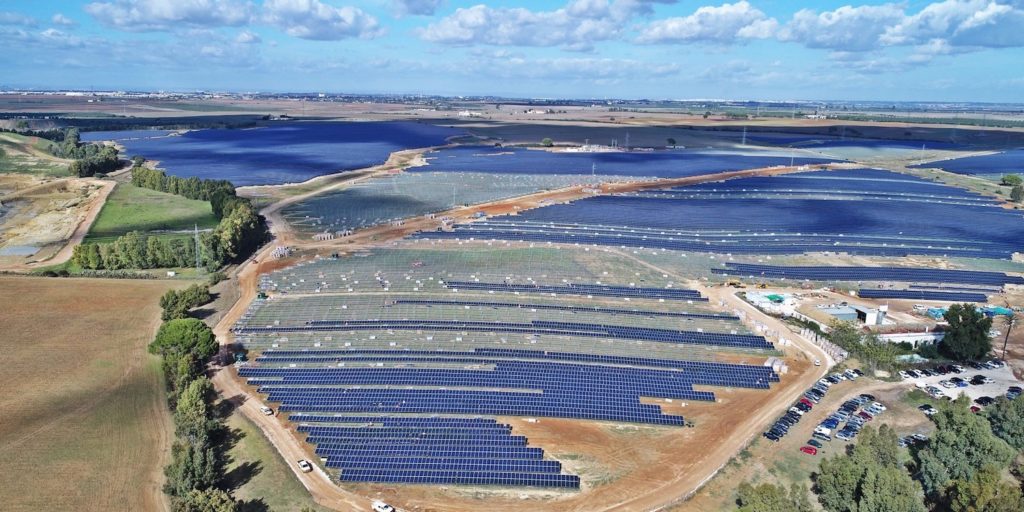New solar installations in the European Union reached around 8 GW last year, marking a 36% increase on 2017, when the bloc installed 5.9 GW.
The wider continent, including Turkey and Russia, also increased the rate of installation, to hit 11 GW, up 20% from the 9.2 GW recorded a year earlier, according to a statement by trade association Solarpower Europe.
“It is good to see Europe fully embracing solar again,” said Walburga Hemetsberger, CEO of the body. “With solar being the most popular energy source among EU citizens, the most versatile and often also the lowest-cost power generation source, and with cost reductions continuing, we are only at the beginning of a long upward trend for solar in Europe.”
According to the association’s policy director, Aurélie Beauvais, the upwards trend is the result of the EU’s 2020 renewable energy targets. She also lauded Clean Energy Package legislation as a policy framework which can set the stage for significant solar growth.
Removing the minimum import tariff applied to Chinese solar panels also helped reduce the cost of solar, making it the solution of choice for member states to meet national climate and energy plans, said Beauvais.
Germany and Spain will jostle for dominance
Last year, Germany was the biggest market in Europe, with 2.96 GW of new solar installed, an annual increase of 68%. Turkey ranked second, with 1.64 GW, after 2.59 GW in 2017, but new tenders have been postponed. Companies participating in the latest 1 GW procurement have asked to postpone the exercise against the backdrop of a severe currency devaluation which puts financing at risk.
The Netherlands has warmed to the notion of renewables after an EU report said Dutch clean energy lagged its peers in 2017. Last year, the Netherlands joined the ‘gigawatt club’ with around 1.4 GW of new solar – annual growth of almost 100%. PV made up 72% of the autumn round of the country’s SDE+ renewable energy stimulation program – for around 3.7 GW of capacity.
The European market is bound for bigger growth this year as the wave of subsidy free projects washing southern Iberia – helped by low equipment prices – is expected to lift Spain into the driving seat of Europe’s solar market. France has also recently committed to a more ambitious renewable energy development plan, and forecasts almost 3 GW per year for the next six years.
Analysts at IHS Markit have just released a report in which they estimate the European market will grow to 18 GW of installations this year.
This content is protected by copyright and may not be reused. If you want to cooperate with us and would like to reuse some of our content, please contact: editors@pv-magazine.com.




By submitting this form you agree to pv magazine using your data for the purposes of publishing your comment.
Your personal data will only be disclosed or otherwise transmitted to third parties for the purposes of spam filtering or if this is necessary for technical maintenance of the website. Any other transfer to third parties will not take place unless this is justified on the basis of applicable data protection regulations or if pv magazine is legally obliged to do so.
You may revoke this consent at any time with effect for the future, in which case your personal data will be deleted immediately. Otherwise, your data will be deleted if pv magazine has processed your request or the purpose of data storage is fulfilled.
Further information on data privacy can be found in our Data Protection Policy.